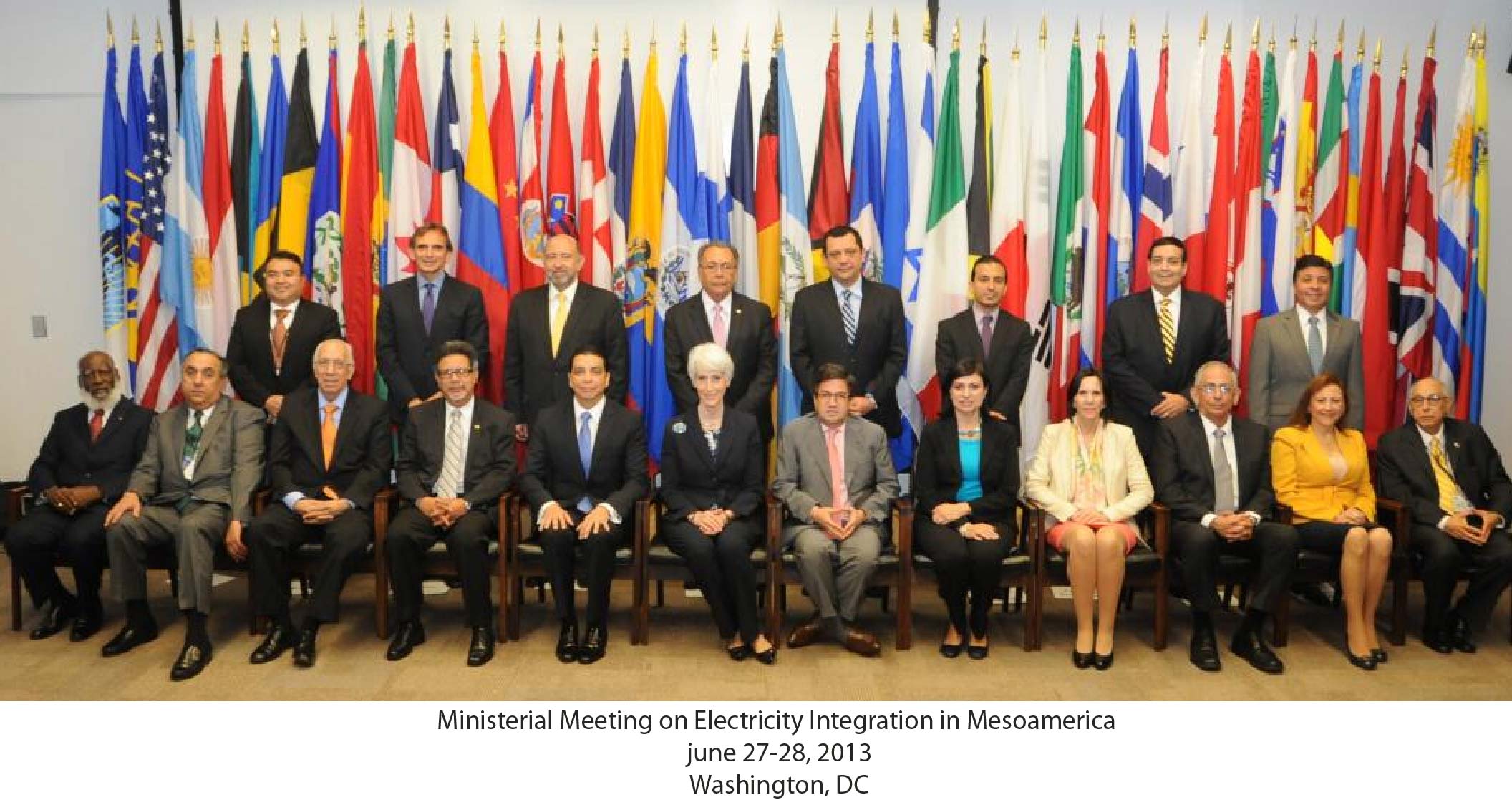

Washington, DC, June 28 – Connecting the Americas 2022, an ECPA initiative to strengthen regional and multinational efforts to bring electricity to all parts in the hemisphere while serving as a platform for development and prosperity, hosted a Ministerial Meeting on Electricity Integration in Mesoamerica. The high-level event focused on the means to expand electricity interconnections, energy security, and low-carbon energy in the region.
The Ministerial Meeting on Electricity Integration in Mesoamerica was launched yesterday under the auspices of the ECPA initiative “Connecting the Americas 2022” at the headquarters of the Inter-American Development Bank (IDB) in Washington, DC. The IDB and the U.S. Department of State convened a two-day meeting to focus on critical next steps for expanding the regional electricity market in Mesoamerica. Government delegations from member countries of the Central American Electrical Interconnection System (SIEPAC), which also participate in the Connect 2022 initiative, and delegations from neighboring Mesoamerican countries were present.
A special intervention by OAS Secretary General Jose Miguel Insulza highlighted the relationship between ECPA and SIEPAC, as electricity interconnections in Mesoamerica are a central component of the ECPA Energy Infrastructure pillar. Secretary Insulza stressed that expanding regional electricity interconnections by linking national grids throughout Central America, and potentially South and North America, facilitates sharing resources more efficiently and increases the region’s energy security. In this context, Under Secretary of State for Political Affairs Wendy Sherman noted that the region should move toward a more reliable and sustainable electric grid, with more affordable prices for all families in Central America and the Caribbean. Private sector representatives also participated in the event, sharing their vision of the electricity integration process.
Central America has made great progress toward electricity integration. The potential benefits have long been touted, particularly the economies of scale that may be facilitated as larger electricity generation projects aim to tap into a regional market. Efforts to date have centered on interconnection of the region’s electric grid and the SIEPAC project. The project, formalized in the “Tratado Marco del Mercado Eléctrico de América Central,” includes a roughly 1,800-kilometer electric transmission line project which upon final completion will run from Panama to Guatemala and physically interconnect the electric systems of all the countries in Central America.
Central America’s engagement in ECPA is enhancing the capacity of governments to make decisions with regard to national electricity systems with an emphasis on renewable energy generation as the region continues to deploy electricity interconnections and develop a regional electricity market. As a hemispheric partnership, ECPA also seeks to strengthen understanding of the benefits of regional energy integration and to provide a platform to foster meaningful dialogue on this topic. Ultimately, ECPA strives to strengthen SIEPAC by nurturing a more informed network of regional stakeholders and decision makers that can contribute to increase regional political willingness and leverage the leadership to make necessary reforms and decisions pertaining to energy integration.
###
The Energy and Climate Partnership of the Americas (ECPA) is hosted by the Executive Secretariat for Integral Development of the Organization of American States through its Department of Sustainable Development. ECPA is a flexible mechanism through which governments in the Western Hemisphere, on a voluntary basis, may lead multi-country or bilateral initiatives to promote clean energy, advance energy security, fight energy poverty, and reduce greenhouse gas emissions for a sustainable Americas. For more information on ECPA initiatives, news, and events, please visit, www.ecpamericas.org
 View Map
View Map